Text
살인의 추억 (봉준호 2003)
Memories of Murder (Bong Joon-ho, 2003)

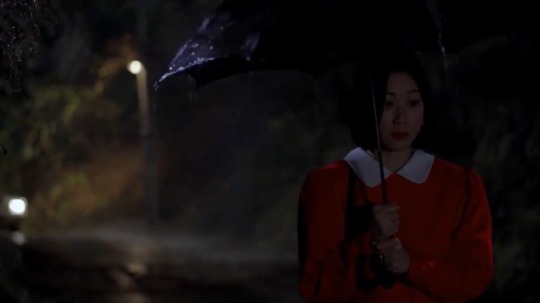






Memories of Murder (2003), Bong Joon-ho
81 notes
·
View notes
Text
Split Screen Korea: Shin Sang-ok and Postwar Cinema
Publisher/Year: University of Minnesota Press, 2014
Author: Steven Chung
Publisher's Description: Shin Sang-ok (1926–2006) was arguably the most important Korean filmmaker of the postwar era. Over seven decades, he directed or produced nearly 200 films, including A Flower in Hell (1958) and Pulgasari (1985) and his career took him from late-colonial Korea to postwar South and North Korea to Hollywood. Notoriously crossing over to the North in 1978, Shin made a series of popular films under Kim Jong-il before seeking asylum in 1986 and resuming his career in South Korea and Hollywood.
In Split Screen Korea, Steven Chung illuminates the story of postwar Korean film and popular culture through the first in-depth account in English of Shin’s remarkable career. Shin’s films were shaped by national division and Cold War politics, but Split Screen Korea finds surprising aesthetic and political continuities across not only distinct phases in modern South Korean history but also between South and North Korea. These are unveiled most dramatically in analysis of the films Shin made on opposite sides of the DMZ. Chung explains how a filmmaking sensibility rooted in the South Korean market and the global style of Hollywood could have been viable in the North.
Combining close readings of a broad range of films with research on the industrial and political conditions of Korean film production, Split Screen Korea shows how cinematic styles, popular culture, and intellectual discourse bridged the divisions of postwar Korea, raising new questions about the implications of political partition.
Purchase this book here.
1 note
·
View note
Text
Pop Empires: Transnational and Diasporic Flows of India and Korea
Publisher/Year: University of Hawaiʻi Press, 2019
Editors: S. Heijin Lee, Monika Mehta & Robert Ji-Song Ku
Publisher's Description: At the start of the twenty-first century challenges to the global hegemony of U.S. culture are more apparent than ever. Two of the contenders vying for the hearts, minds, bandwidths, and pocketbooks of the world’s consumers of culture (principally, popular culture) are India and South Korea. “Bollywood” and “Hallyu” are increasingly competing with “Hollywood”—either replacing it or filling a void in places where it never held sway.
This critical multidisciplinary anthology places the mediascapes of India (the site of Bollywood), South Korea (fountainhead of Hallyu, aka the Korean Wave), and the United States (the site of Hollywood) in comparative dialogue to explore the transnational flows of technology, capital, and labor. It asks what sorts of political and economic shifts have occurred to make India and South Korea important alternative nodes of techno-cultural production, consumption, and contestation. By adopting comparative perspectives and mobile methodologies and linking popular culture to the industries that produce it as well as the industries it supports, Pop Empires connects films, music, television serials, stardom, and fandom to nation-building, diasporic identity formation, and transnational capital and labor. Additionally, via the juxtaposition of Bollywood and Hallyu, as not only synecdoches of national affiliation but also discursive case studies, the contributors examine how popular culture intersects with race, gender, and empire in relation to the global movement of peoples, goods, and ideas.
Purchase this book here.
6 notes
·
View notes
Text
봄 여름 가을 겨울 그리고 봄 (김기덕 2003)
Spring, Summer, Fall, Winter... and Spring (Kim Ki-duk, 2003)






Spring, Summer, Fall, Winter... and Spring (2003), Kim Ki-duk
114 notes
·
View notes
Photo






암살 (최동훈 2015)
Assassination (Choi Dong-hoon, 2015)
#암살#assassination#최동훈#choi dong hoon#2015#전지현#jun ji hyun#조승우#jo seung woo#김홍파#kim hong pa#오달수#oh dal soo#하정우#ha jung woo#edit
54 notes
·
View notes
Text
시 (이창동 2010)
Poetry (Lee Chang-dong, 2010)




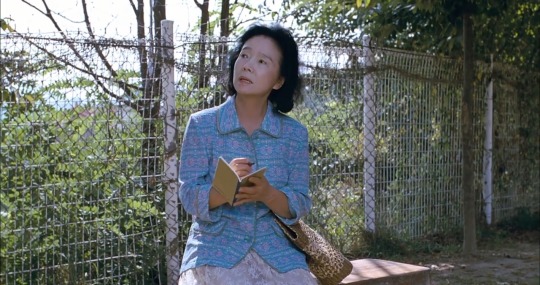


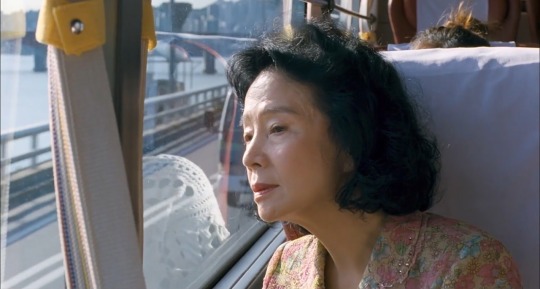
Poetry (2010), Lee Chang-dong
87 notes
·
View notes
Photo
아가씨 (박찬욱 2016)
The Handmaiden (Park Chan-wook, 2016)
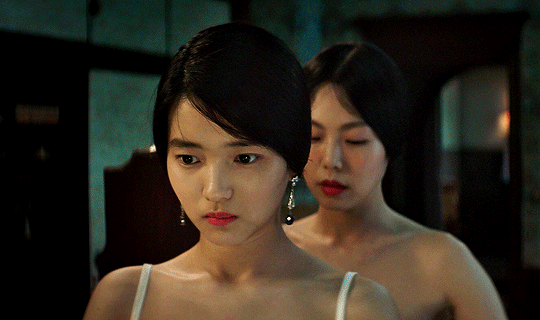





19K notes
·
View notes
Text
장화, 홍련 (김지운 2003)
A Tale of Two Sisters (Kim Jee-woon, 2003)








A Tale of Two Sisters (2002), Kim Jee-woon
92 notes
·
View notes
Text
올드보이 (박찬욱 2003)
Oldboy (Park Chan-wook, 2003)




Choi Min-sik in Oldboy (2003)
34 notes
·
View notes
Text
New Korean Wave: Transnational Cultural Power in the Age of Social Media
Publisher/Year: University of Illinois Press, 2016
Author: Dal Yong Jin
Publisher's Description: The 2012 smash "Gangnam Style" by the Seoul-born rapper Psy capped the triumph of Hallyu, the Korean Wave of music, film, and other cultural forms that have become a worldwide sensation.
Dal Yong Jin analyzes the social and technological trends that transformed Hallyu from a mostly regional interest aimed at families into a global powerhouse geared toward tech-crazy youth. Blending analysis with insights from fans and industry insiders, Jin shows how Hallyu exploited a media landscape and dramatically changed with the 2008 emergence of smartphones and social media, designating this new Korean Wave as Hallyu 2.0. Hands-on government support, meanwhile, focused on creative industries as a significant part of the economy and turned intellectual property rights into a significant revenue source. Jin also delves into less-studied forms like animation and online games, the significance of social meaning in the development of local Korean popular culture, and the political economy of Korean popular culture and digital technologies in a global context.
A first-of-its-kind treatment, New Korean Wave maps how a convergence of technology, leadership, and avid fandom unleashed a cultural tsunami.
Purchase this book here.
4 notes
·
View notes
Text
빈집 (김기덕 2004)
3-Iron (Kim Ki-duk, 2004)
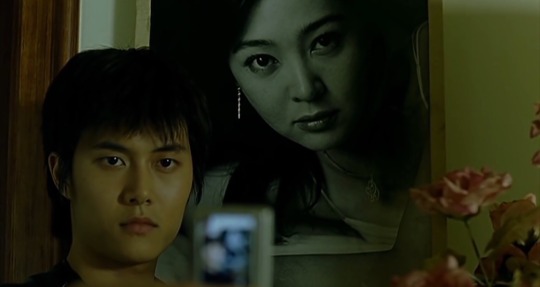






3-Iron (2004), Kim Ki-duk
106 notes
·
View notes
Text
박쥐 (박찬욱 2009)
Thirst (Park Chan-wook, 2009)



Thirst (2009), Park Chan-wook
136 notes
·
View notes
Text
곡성 (나홍진 2016)
The Wailing (Na Hong-jin, 2016)






The Wailing (2016), Na Hong-jin
75 notes
·
View notes
Photo
좋은 놈, 나쁜 놈, 이상한 놈 (김지운 2008)
The Good, the Bad, the Weird (Kim Jee-woon, 2008)








955 notes
·
View notes
Photo

명량 (김한민 2014)
The Admiral: Roaring Currents (Kim Han-min, 2014)
4 notes
·
View notes
Text
Routledge Handbook of Korean Culture and Society
Publisher/Year: Routledge, 2017
Editor: Youna Kim
Publisher's Description: The Routledge Handbook of Korean Culture and Society is an accessible and interdisciplinary resource that explores the formation and transformation of Korean culture and society.
Each chapter provides a comprehensive and thought-provoking overview on key topics, including: compressed modernity, religion, educational migration, social class and inequality, popular culture, digitalisation, diasporic cultures and cosmopolitanism. These topics are thoroughly explored by an international team of Korea experts, who provide historical context, examine key issues and debates, and highlight emerging questions in order to set the research agenda for the near future.
Providing an interdisciplinary overview of Korean culture and society, this Handbook is an essential read for undergraduate and postgraduate students, as well scholars in Korean Studies, Cultural Studies, Sociology, Anthropology, and Asian Studies in general.
Purchase this book here.
4 notes
·
View notes
Photo



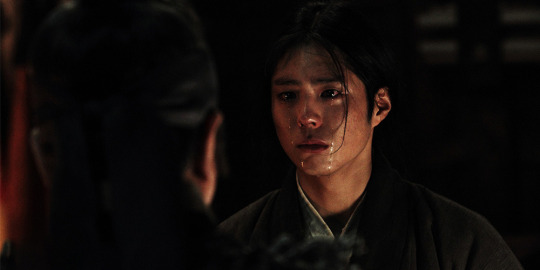


명량 (김한민 2014)
The Admiral: Roaring Currents (Kim Han-min, 2014)
#명량#the admiral roaring currents#김한민#kim han min#2014#최민식#choi min sik#박보검#park bo gum#류승룡#ryu seung ryong#edit
3 notes
·
View notes